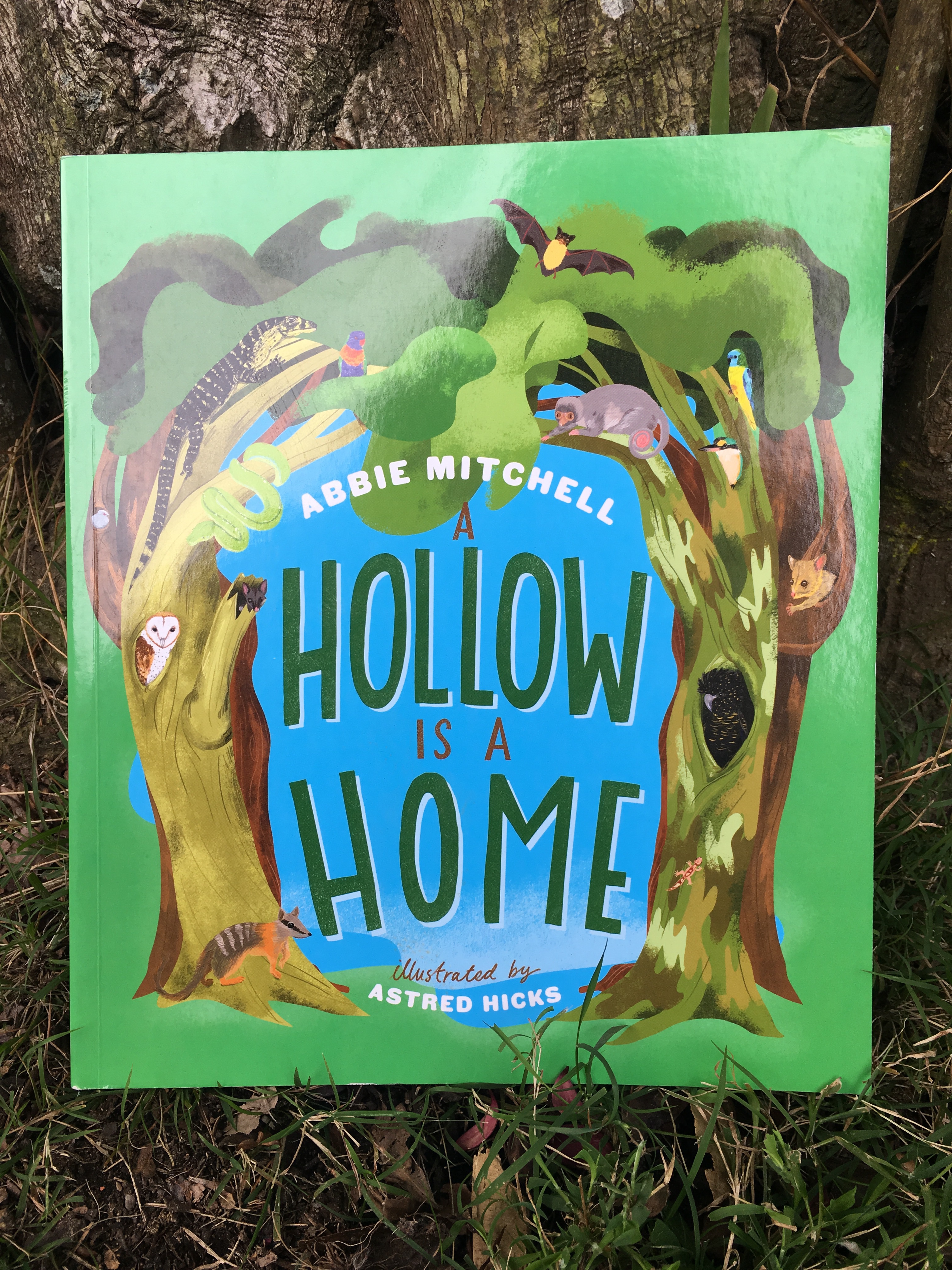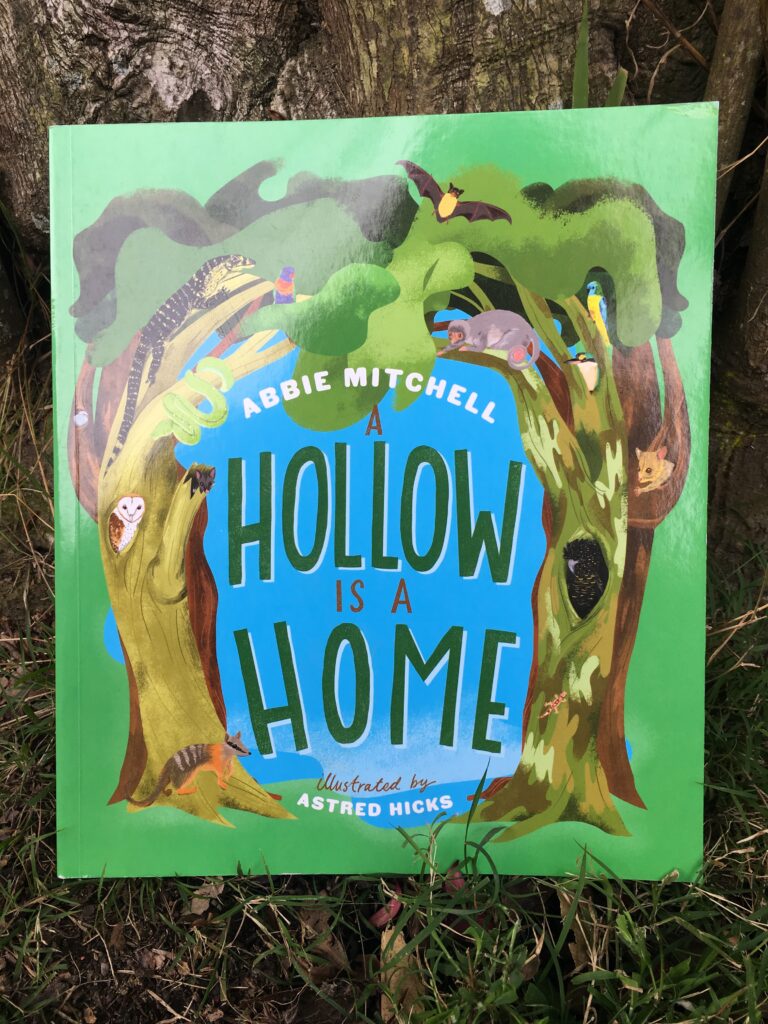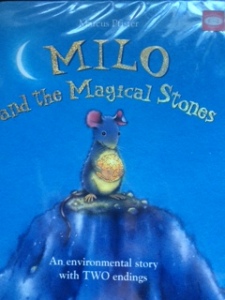A book entirely dedicated to species that live in hollows, A hollow is a home by Abbie Mitchell will enlighten young readers about the importance of different types of trees for the animals that live amongst us.

This book describes the different types of hollows that can be present in trees – and the importance of each one, as every animal that loves a hollow – needs a different size or shape to survive.
Set out with large headings and colourful photos, children can see the different species that live in this shelter and how they use the hollows. Illustrations by Astred Hicks add more detail to where the animal lives through birds eye view maps, labelled diagrams and habitats.
Different ‘creature features’ are scattered throughout the book, focussing in on a particular animal with a map of where it lives in Australia. Some of these animals are the Eastern Pygmy Possum, White-Striped Freetail Bat and the Lace Monitor. Written in each ‘creature feature’ is an outline of how scientists are monitoring them, why they need the hollow and how hollows are important to their survival.
A big focus of this book is also the fact that many of these animals are becoming endangered or threatened because of the lack of hollows around, feral animals climbing into these once safe homes and human activity. With this in mind, we can also read ‘ Scientist profiles’ to learn more about how scientists are making a difference in the survival of these tree dwelling species.
A Hollow is a Home is a book that can be used in any classroom for any age group.
Literacy
- Look at how this ‘Informative’ text is set out and apply this layout to a text of your own to make it more engaging with photos, stories of people in the field and interesting facts about various animals.
Science
- Life cycles of animals
- Habitats of tree dwelling animals
- Why trees are important and how many animals could be living in one tree.
- How we can re create habitats for animals who need large hollows.
Geography
- Where do these animals live and where should they live? Explore a map to see how some species living space has shrunk due to human activity.
Buy at your local book store or from Booktopia



